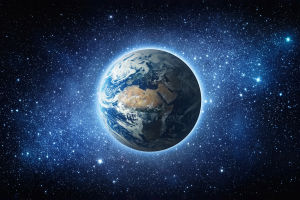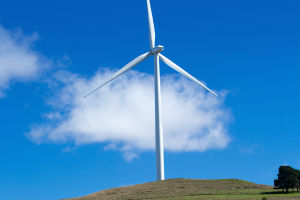Science is all about discovery, and some of the simplest experiments can ignite a lifelong curiosity. One such classic experiment involves using a magnifying glass to light a match.
While this may seem like a simple demonstration, it’s rooted in fascinating scientific principles that showcase the power of light and energy. Let’s explore the science behind it, and how Lykkers can conduct this experiment safely and effectively.
The Power of Concentrated Light
At the heart of this experiment lies the principle of light refraction and concentration. A magnifying glass is a convex lens, which means it bends and focuses light rays that pass through it.
When sunlight is directed through the lens, it converges into a single point of intense energy known as the focal point.
This concentration of light increases the temperature at that specific spot, sometimes enough to start a fire or ignite a match.
Lykkers can think of the magnifying glass as a tool that gathers scattered sunlight and focuses it in a small area, making it powerful enough to generate heat.
This phenomenon demonstrates the basic physics of how lenses work and gives us insight into how energy can be harnessed and controlled.
How to Conduct the Experiment
To successfully light a match with a magnifying glass, here’s what Lykkers need:
A magnifying glass with a convex lens
Matches or a small piece of dry paper
A sunny day with direct sunlight
Steps:
1. Begin by placing the match or paper on a flat surface outdoors where it’s exposed to direct sunlight.
2. Hold the magnifying glass about 10-15 cm above the match, ensuring the sunlight passes through the lens.
3. Adjust the distance between the magnifying glass and the match until the sunlight converges into a small, bright point on the matchstick head or paper.
4. Within a few moments, the concentrated light should heat up the match or paper, causing it to ignite.
The key to success is in maintaining the right distance between the magnifying glass and the object so that the sunlight focuses sharply. Patience is important, as it may take a few seconds to a minute for the heat to build up enough to start a flame.
Fun Facts and Science Applications
While this experiment is a fun demonstration of physics, it also highlights real-world applications of solar energy. In fact, similar principles are used in solar energy technologies, where large mirrors or lenses concentrate sunlight to generate heat and, in turn, produce electricity.
For young science enthusiasts like Lykkers, this experiment is an engaging way to witness the potential of solar energy. Plus, it serves as a reminder that science can be both educational and exciting when hands-on learning is involved.
Safety Tips for Lykkers
Always conduct this experiment outdoors in a safe area away from flammable materials.
Never leave the magnifying glass unattended when it is focused on an object.
Make sure to extinguish the match or fire completely once the experiment is over.
Supervision is recommended for younger participants to ensure the experiment is conducted safely.
Final thoughts
Lighting a match with a magnifying glass is more than just a simple experiment; it’s a glimpse into the power of light and energy.
Through this demonstration, Lykkers can explore the fascinating concepts of refraction, concentration, and heat generation, making science both fun and insightful.


